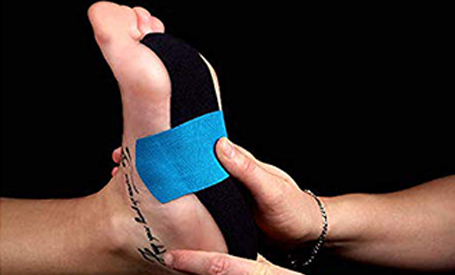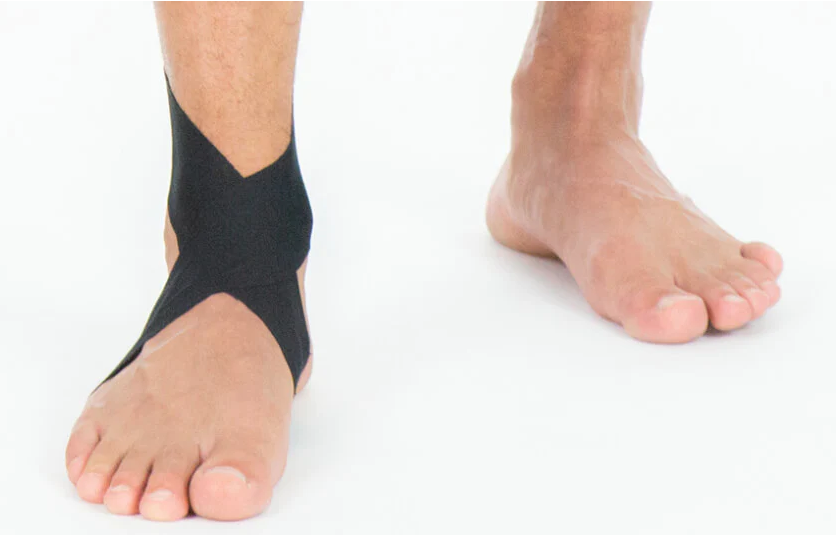Copyright © 2021 Kunshan Yuhuan Package Materials Co., Ltd. All rights reserved.
- 86 0512-50336235
- lulu@suzmc.com
- Sitemap
Ankle instability can be a painful and limiting condition, affecting individuals of all ages and activity levels. Whether you're an athlete looking to prevent injuries or someone seeking relief from chronic ankle issues, taping is a valuable solution. In this article, we'll explore the benefits of taping for ankle instability and introduce you to the best tapes for the job, including EONBON TAPE.

Taping is a trusted method for managing ankle instability, offering a range of benefits:
Support: Tapes provide external support to the ankle, helping to stabilize and reduce the risk of further injury.
Pain Relief: Taping can alleviate pain and discomfort associated with ankle instability, allowing for improved mobility.
Healing Aid: Tapes can aid in the healing process by reducing strain on injured ligaments and promoting recovery.

When it comes to taping for ankle instability, there are several options to consider:
Kinesiology Tape: Kinesiology tape is a versatile choice known for its elasticity and ability to mimic the skin's movement. It provides support without restricting mobility, making it suitable for athletes and active individuals.
Athletic Tape (Rigid Tape): Athletic tape, or rigid tape, offers strong support and stability. It's often used for more severe cases of ankle instability or during high-impact activities.
Zinc Oxide Tape: Zinc Oxide Tape is a rigid adhesive tape that provides excellent pain relief and inflammation relief due to the addition of zinc oxide to the adhesive. It provides good support for the ankle. It is a common choice for injury prevention and management.
Elastic Bandage: Elastic bandage is easy to apply, provides compression and support, and the cotton material has better breathability, which promotes blood flow and allows faster recovery of the injured ankle. It is suitable for mild to moderate ankle instability.
EAB (Elastic Adhesive Bandage) Tape: EAB tape combines elasticity and adhesive properties, making it a convenient choice for ankle taping. It adheres well and offers moderate support.

Proper taping technique is crucial for effective ankle stability. Here are some tips for applying ankle tape:
Clean and dry the ankle area before taping.
Apply an underwrap or pre-wrap to protect the skin.
Use the appropriate taping method for your chosen tape type.
Ensure proper tension during application, neither too loose nor too tight.
Always seek guidance from a healthcare professional if unsure about taping techniques.
The choice between taping and bracing depends on individual preferences and the severity of ankle instability. Taping offers a customized fit and is often favored for its flexibility and support. Bracing, on the other hand, may provide consistent support but can be bulkier and less customizable. Consult a healthcare provider to determine the best option for your specific needs.
At EONBON, we understand the importance of quality when it comes to ankle instability taping. With 18 years of production experience and a leading position in China, we are proud to offer a range of high-quality tapes, including kinesiology tape. Our professional research team ensures compliance with various testing regulations, guaranteeing the safety and durability of our products.
We stand out with:
Leading technology and quality assurance.
Customization options to meet your specific needs.
Certifications including ISO9001, BSCI, CE, MSDS, and more.
When it comes to ankle instability and taping solutions, trust EONBON TAPE for excellence.
Website:www.yhtape.com Email:lulu@yhtape.com WhatsAPP:+86 159 6260 3054